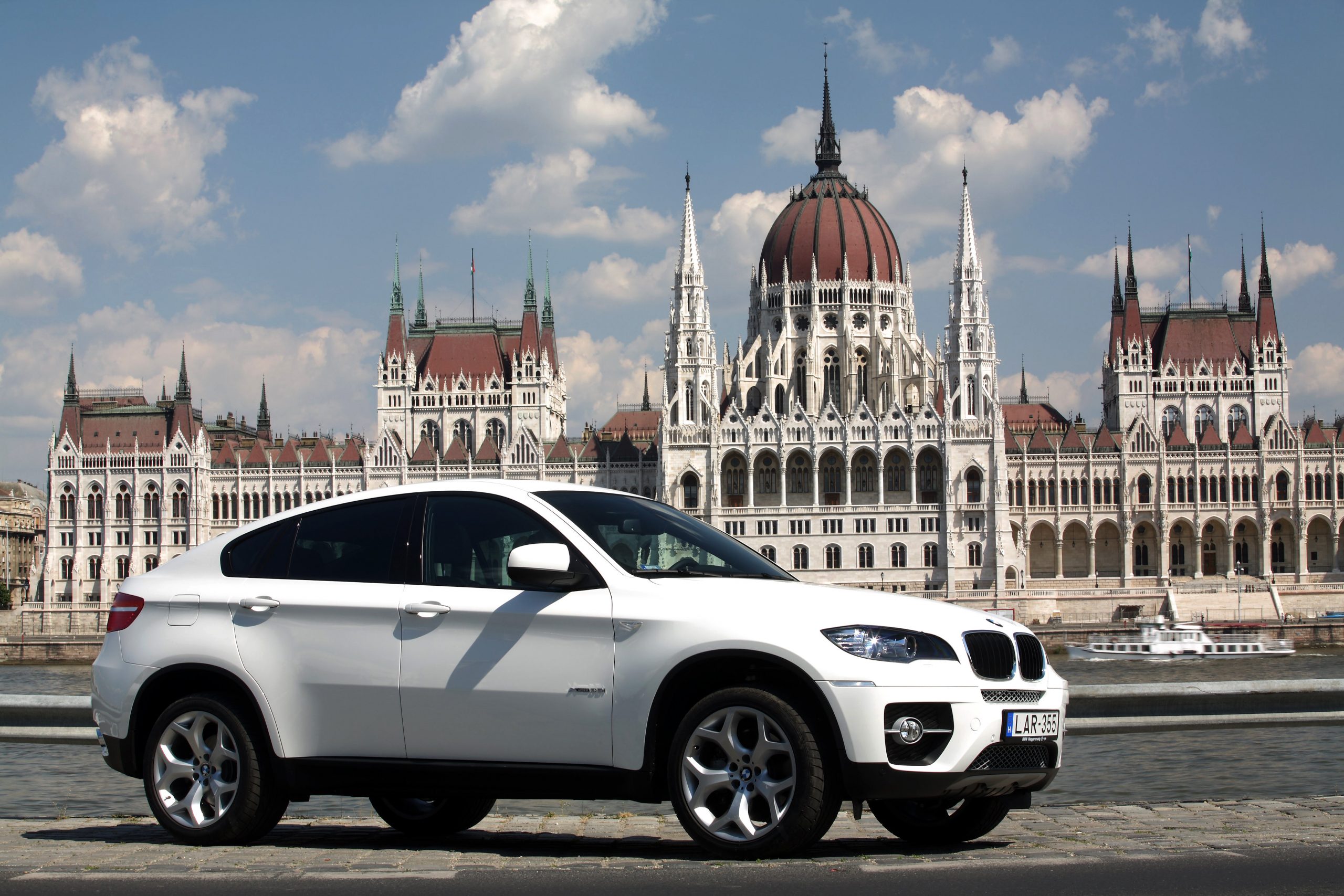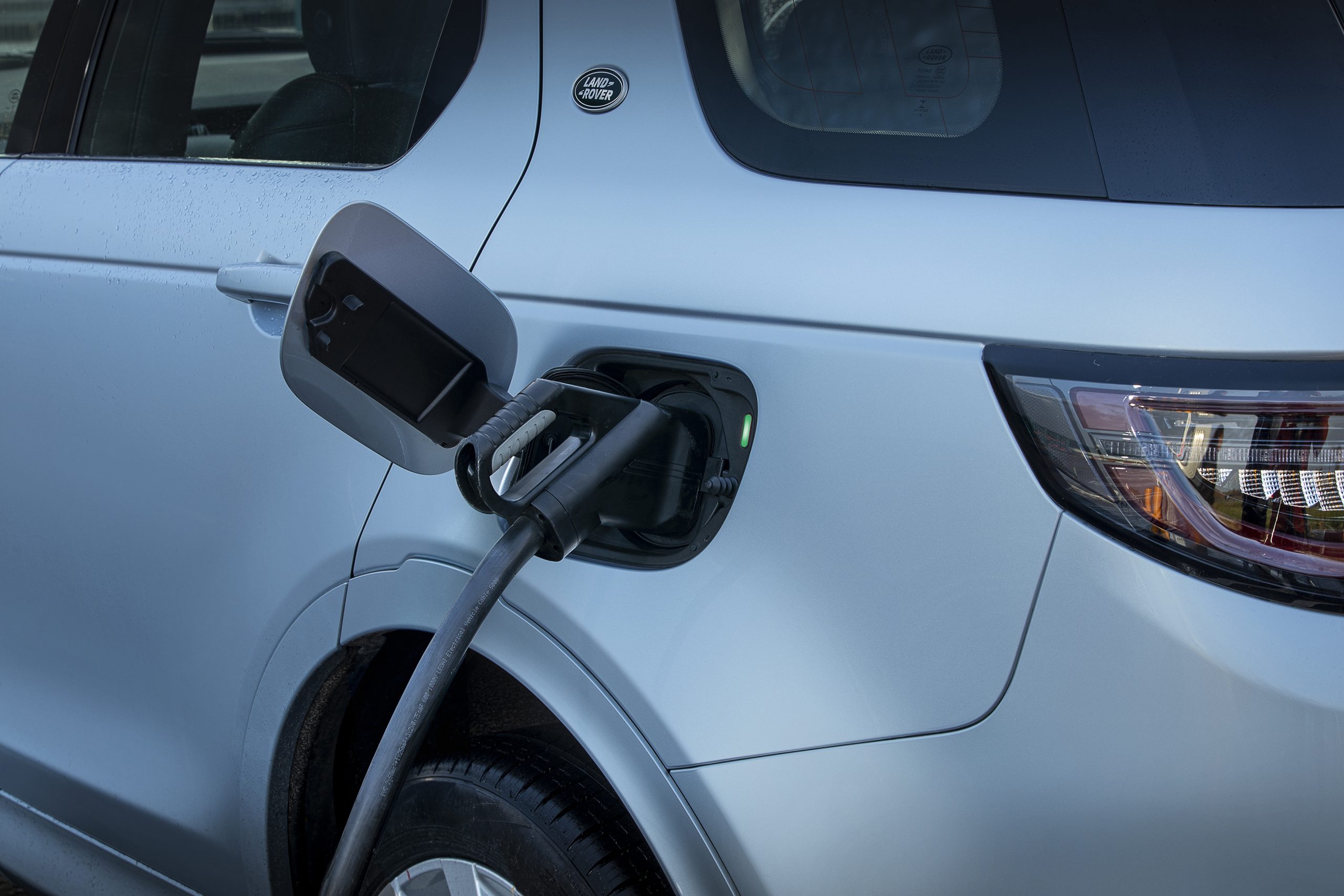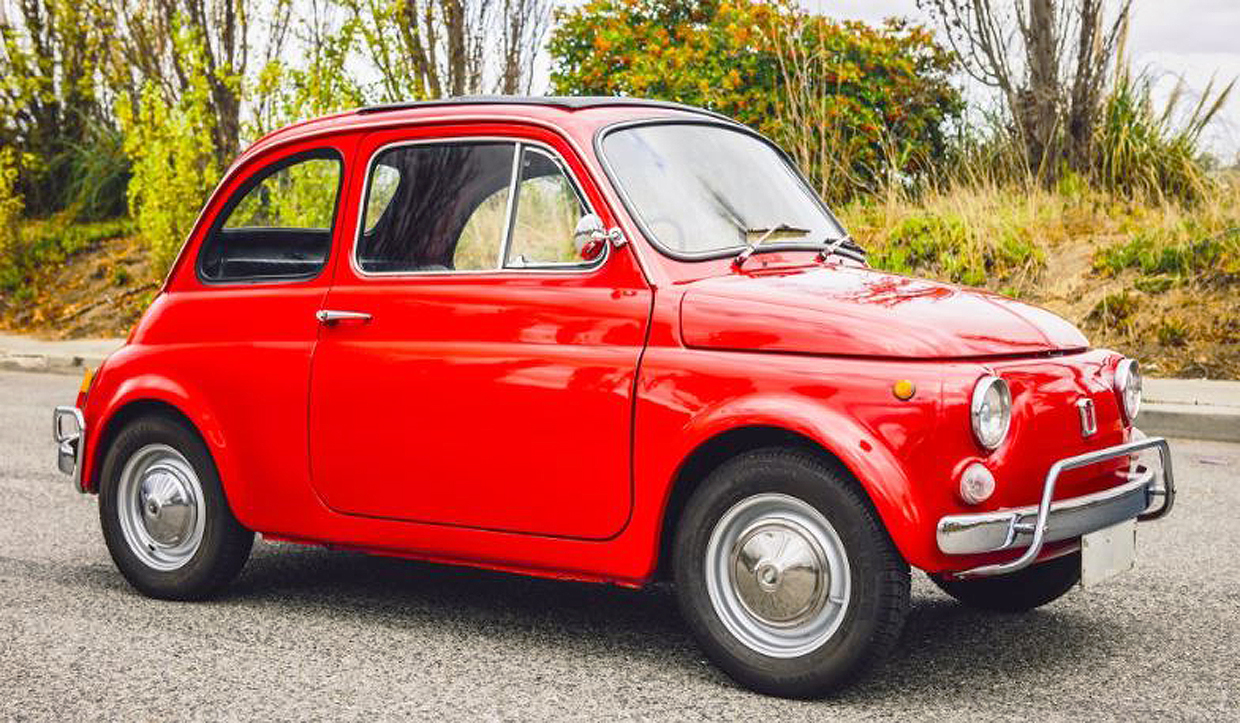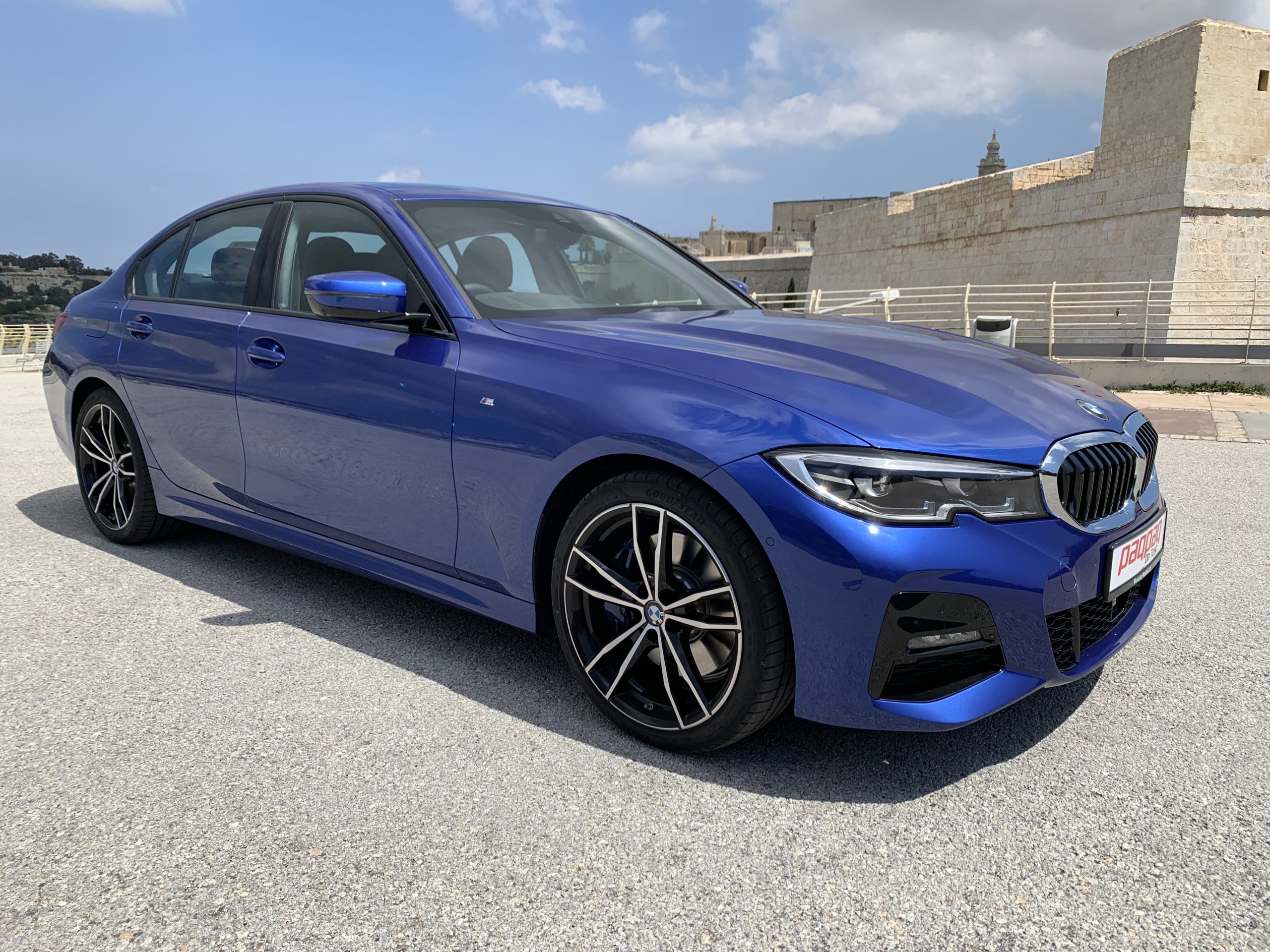PAQPAQ flies to Budapest in Hungary to drive BMW’s all new X6… both on the country’s not so smooth roads and on its renowned Hungaroring F1 track.
Have you ever wondered how those goldfish with big bulging eyes, a swollen belly and a tail too small to propel them to the surface to breathe came about? Did it ever cross your mind how we keep getting variants of albino rabbits with their eerie red eyes, pigs with extra rows of ribs to make the portions at Friday’s bigger and how carrots nowadays seem to be so perfect that you wonder whether they actually grew out of the soil?
I’m no scientist but I am sure there is somebody, possibly with a warped sense of humour, behind these modifications. Is the same thing happening to the motor vehicle as we knew it? Manufacturers keep morphing and cross breeding models as if they were preparing for the next edition of Transformers. What will happen if the Citroën C4 TV commercial becomes a reality?
In the midst of this turmoil, BMW are proposing a new model, the X6 which is also creating a new segment; that of the Sport Activity Coupé. Was the creation of this “new to the world” segment (although Ssangyong claim to have got there first), the reaction to an identified need in the market? As Maroon 5 put it, “I don’t think so”. I feel it is more of an internal strategic decision to create the model (and the segment) and hope that it will sell well enough to contribute to the company’s overall profitability, just as they did with the X5 and the SAV or premium Sport Activity Vehicle segment in 1999.

I’ve got my own views on how the X6 really came about. Somebody left the latest X5 in a garage lying too close for too long next to the 6 Series and after a close encounter of the sixth kind, the new model hatched.
The Sport Activity Coupé or SAC (nothing to do with Jesuit education) is a vehicle intended to combine a dynamic Coupé styling with the versatility of an SUV, sporty elegance offering cutting edge technology. To test this vehicle for the first time, European journalists were invited to drive it in Budapest where we covered around 250km on roads that made driving on Maltese roads seem smooth as silk and then onto the Hungarian F1 Hungaroring circuit to see what the latest, sportiest and most expensive member of the X family is truly capable of.
Styling wise, the X6 resembles both its parents, with an elegant and highly dynamic roofline taken from the 6 Series that gives the impression that the car is lunging forward, even when stationary.

The sexy side perspective’s lines and powerful concave and convex surfaces create effects of light and shadow that combine well with the X5’s muscular and flared wheel arches, outlining the standard 19 inch alloys. The front is very expressive, typically BMW with large kidney grills while from the rear,
the designers made sure that every graphic used makes the car look wider and bolder, transmitting an aura of outstanding supremacy on the road.
Inside the X6, BMW created an atmosphere of powerful elegance but at the same time transmitting the feel of a true sports car. The two individual seats at the back are virtually identical to the front ones in terms of comfort and support, with a permanent console replacing the centre seat offering more space to rear occupants. This however limits the X6 to being strictly a four-seater even though the transmission tunnel, that typically creates an inconvenience in rear-wheel-drive cars, in this case lies below the floorboard.
Sporty touches include a leather sports steering wheel with multi-function buttons and gearshift paddles featured as standard and the kneepads on the console for both driver and passenger. Luggage space is measured in golf bags and a total of four fit with the back seat in place, increasing drastically when this is pushed down.

The tailgate opens and closes at the touch of a button and can open to two height levels to avoid damage in height-restricted garages. Coupé styling per se generally impedes outward visibility and this is true even for the X6, despite the elevated driving position. An attempt to rectify the situation by resorting to larger rear-view mirrors helps but this does result in annoying levels of wind noise at sustained high speeds notwithstanding the model’s impressive drag coefficient of 0.33.
So far so good, but the real challenge lies with creating a heavyweight champion that can “float like a butterfly and sting like a bee” (apologies to The Champ) and this is exactly what BMW set out to do with the new X6. Weighing in at 2.2 tons, even after extensive use of aluminium and plastics wherever possible to keep weight down, the technical challenge was to endow this sizeable vehicle with levels of performance, handling and dynamism to deliver the brand’s mandatory sheer driving pleasure.
A new engine range designed specifically for this genre of vehicle includes two diesels and two petrol versions, three of which have won ‘Engine of the Year’ awards, using twin turbo technology. The company has also committed itself to offer a hybrid version by 2009.
The most popular version, particularly in Malta will be the X6 xDrive30d driven by an in-line 6-cylinder diesel with turbocharger and third-generation common-rail direct fuel injection, 235bhp at 4,000rpm, 520Nm
of torque, 0–100km/h in 8 seconds and a top speed of 210km/h. Average fuel consumption is 8.2 litres/100km (34.4 mpg), CO2 emissions 217g/km.

The engine line-up also includes two other 6 cylinder engines, namely the xDrive35d and the xDrive35i, however the top of the range power unit is the newly developed V8 petrol engine with direct petrol injection. This is the world’s first 8-cylinder petrol engine with the turbo-chargers and catalytic converter housed within the V-section between the two rows of cylinders.
This innovative arrangement ensures uniquely compact dimensions and serves to reduce pressure losses on the intake and exhaust side. With a maximum output of 407bhp and 600Nm of torque, it is the most efficient engine in its class, outperforming EU5 emission standards, it maximises BMW’s Efficient Dynamics to combine maximum power and performance.
With this engine, the X6 lapped Nurburgring in 8 minutes and 35 seconds but you would appreciate that to reach these levels of performance, the car needs more than just a powerful engine. BMW are actually using the X6 to showcase the sophisticated technology they have developed, starting off
with standard X-Drive, their permanent All Wheel Drive system.
In this way, the torque is distributed 60-40 for normal driving but will shift according to the driving conditions to ensure stability and control and the shift from front to rear and from left to right can be displayed on screen, incorporated in the head-up display. Other systems offered are Dynamic Performance Control, Active Steering, Adaptive Drive and electronic transmission, all of which help to make driving a seemingly outrageous machine seem like child’s play.

At the circuit, apart from driving the X6 at speed, we were given the opportunity to experience it on a skid-testing area with a surface similar to that of an ice-skating rink and with equipment that kicks the rear
wheels powerfully to one side to make you spin. The idea was to test the vehicle with the electronics switched on to see how these help you retain control of the vehicle and then try it with the electronics switched off.
While the various systems installed on the vehicle helped maintain control even in these extreme conditions, driving without them was as easy as trying to run on a wet floor with bars of soap attached to the bottom of your feet.
Rather than creating a dinosaur destined to join its predecessors in the
realms of extinction, the new X6 continues to highlight BMWs determination to put together a unique combination of styling, practicality and performance that will wow its, albeit limited, target market.
They insist on challenging the laws of physics with products that on one hand offer more power, but on the other are safer, more sensible in terms of handling and embrace Efficient Dynamics to help reduce consumption and emissions.
This article was first published on Times of Malta on June 2, 2008










